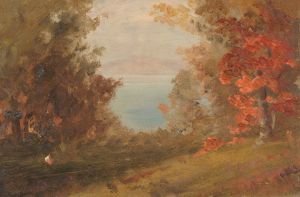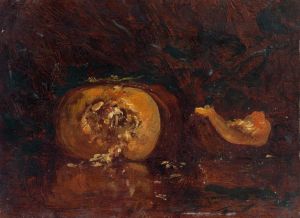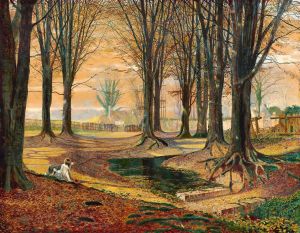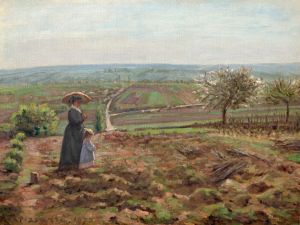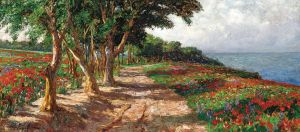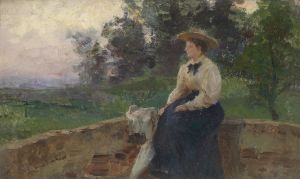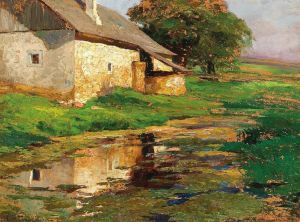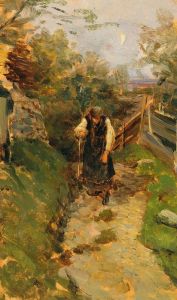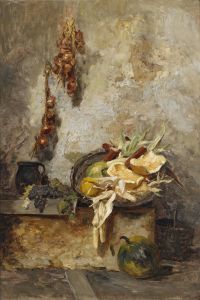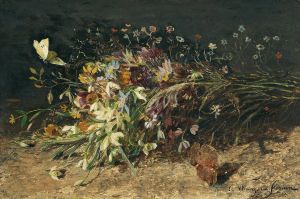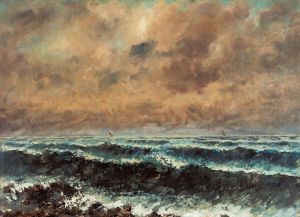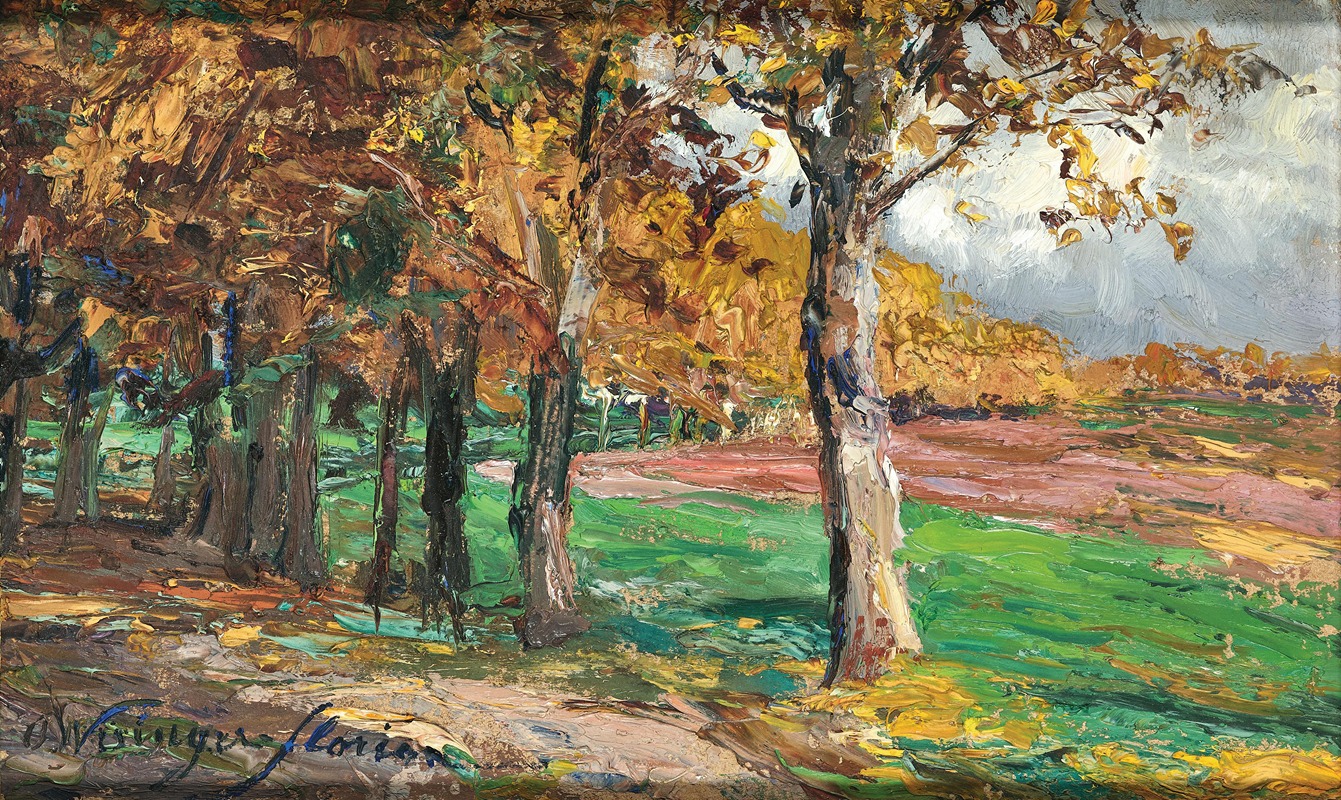
Study for the Platanus Alley
A hand-painted replica of Olga Wisinger-Florian’s masterpiece Study for the Platanus Alley, meticulously crafted by professional artists to capture the true essence of the original. Each piece is created with museum-quality canvas and rare mineral pigments, carefully painted by experienced artists with delicate brushstrokes and rich, layered colors to perfectly recreate the texture of the original artwork. Unlike machine-printed reproductions, this hand-painted version brings the painting to life, infused with the artist’s emotions and skill in every stroke. Whether for personal collection or home decoration, it instantly elevates the artistic atmosphere of any space.
Olga Wisinger-Florian was an Austrian painter known for her contributions to the Impressionist movement, particularly in the realm of landscape painting. Born on November 1, 1844, in Vienna, she initially pursued a career in music before turning her focus to painting in her late twenties. Wisinger-Florian studied under several prominent artists, including Melchior Fritsch and August Schaeffer, which helped her develop a unique style characterized by vibrant colors and dynamic compositions.
"Study for the Platanus Alley" is one of Wisinger-Florian's notable works, showcasing her adeptness at capturing the essence of natural landscapes. While specific details about this particular painting are scarce, it is consistent with her broader oeuvre, which often depicted serene and idyllic scenes of nature. Her works frequently featured gardens, parks, and rural settings, reflecting her deep appreciation for the natural world.
Wisinger-Florian's approach to painting was heavily influenced by the Impressionist movement, which emphasized the depiction of light and its changing qualities. Her technique often involved the use of loose brushstrokes and a vibrant palette, allowing her to convey the atmosphere and mood of the scene effectively. This method is likely evident in "Study for the Platanus Alley," where she would have captured the interplay of light and shadow among the trees, creating a sense of depth and movement.
Throughout her career, Wisinger-Florian exhibited her works in various prestigious venues, gaining recognition and acclaim for her contributions to the art world. She was a member of the Vienna Secession, a group of artists who sought to break away from traditional academic art and explore new artistic expressions. Her involvement with this group further cemented her status as a leading figure in the Austrian art scene.
In addition to her artistic achievements, Wisinger-Florian was also an advocate for women's rights, particularly in the field of art. During a time when female artists often faced significant barriers, she worked to promote the visibility and recognition of women in the arts. Her success and influence paved the way for future generations of female artists in Austria and beyond.
Olga Wisinger-Florian passed away on February 27, 1926, in Grafenegg, Austria. Her legacy endures through her paintings, which continue to be celebrated for their beauty and technical skill. While "Study for the Platanus Alley" may not be as widely known as some of her other works, it remains an important piece within her body of work, exemplifying her mastery of landscape painting and her ability to capture the ephemeral qualities of nature.






